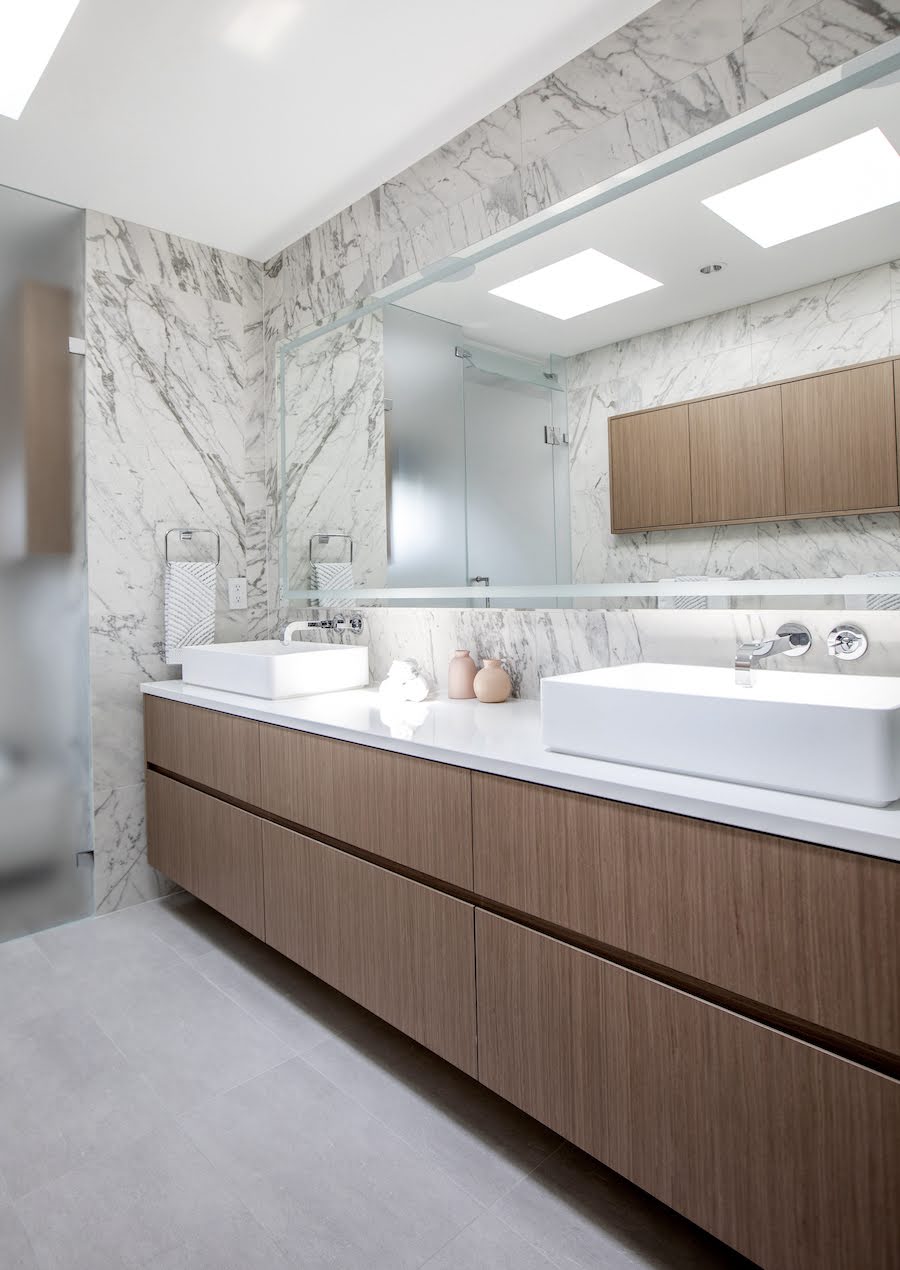by Vanessa Stark & Rachelle Chambers, of Chambers & Stark Design Studio
Working with Vanessa and Rachelle has been a breath of fresh air for Team Hasler. Since we are constantly talking about design ideas with our clients, we thought we would bring in the experts to discuss a few of the most popular design styles.
Most People’s homes fall into one of the four largest home-style categories:
Contemporary, Modern, Traditional, and Transitional.
TRADITIONAL design:
Traditional design takes its cues from the past. Out of the four design styles traditional is the most detailed, with an abundance of mouldings, finishes and patterns. Many of the design aspects are decidedly old-world, reminiscent of the centuries old homes in England or France.
The cabinetry doors are usually quite detailed and often a raised panel style. There is usually crown moulding on top of the cabinetry, as well as running along the perimeter of the ceiling. Coffered ceilings are also a design detail that is often used in feature areas of a traditional home. Baseboards as well as door and window casings are large, and detailed with many ogees or steps.
The colour palette of a traditional home can vary, but usually the colours used are quite subdued and richly patterned in fabrics and wallpapers. The whites used are often quite creamy, and there often isn’t a strong contrast between finishes. Wood is used in abundance in traditional homes, both in natural or warmly stained colours, and with a natural grain, (and sometimes knots), featured. Natural stone, such as marble or granite, is also often used as opposed to man-made materials like porcelain.
Decorative hardware tends to be quite ornate with swooping and rounded shapes, and light fixtures follow suit. Chandeliers, either crystal or metal, are also common. The metal finishes in traditional homes tend to be more matte or aged looking, and can range in colour from brushed nickel, to iron, to oil rubbed bronze. Traditional homes also feature many smaller separate rooms, such as formal living and dining rooms plus family rooms that can often be closed off.
CONTEMPORARY design:
(our personal favourite at Chambers and Stark Design Studio!), is in most aspects the polar opposite of traditional design. Contemporary design is an ever- changing style, and is referring to what is popular right now. It typically showcases many finishes that use newer technologies, such as porcelain tiles or slabs and quartz countertops.
Contemporary design is very clean, simple, and minimalist. Most contemporary design sticks to white, black, grey, and natural stone and wood tones. Sometimes subdued or primary colours are added, but usually they are plain or textural as opposed to patterned. Colour is also sometimes added in artwork, which is commonly abstract.
The cabinetry in contemporary design features flat slab doors, and when wood is used it is often a veneer with very straight grain with no knots. Mouldings are generally smaller, flat, and minimalized, and are often deleted where possible. Strong contrast between white and very dark finishes is also often a feature of contemporary spaces. The lines and details of contemporary design are crisp, clean, and straight. Metal finishes are usually more “new-age”, with frequent use of stainless steel and polished chrome.
In contrast to the closed off rooms of Traditional homes, Contemporary homes have large open spaces, and often eliminate unnecessary formal rooms that are rarely used in favour of a combined kitchen, dining, and great room concept.
MODERN VS. CONTEMPORARY design:
Although the two terms are often used interchangeably, they are not actually one and the same. While contemporary design is the design of the moment as described above, modern design (also known as Mid-Century Modern) is actually referring to a specific time period of the 1950’s and 1960’s.
While both styles share clean lines and a minimalistic aesthetic there are a few differences. Modern design often uses more bright colours than earthy tones such as rust, browns, golds and greens. This style of design also incorporates more rounded elements in accessories, light fixtures and patterns used.
TRANSITIONAL design:
Transitional falls somewhere between contemporary and traditional. This style often uses many of the newer materials that are used in contemporary design, but also has much more detail in the design with elements coming from the traditional past. The homeowner has much more freedom to mix and match the style of furniture and décor with Transitional.
Also with transitional, you will find baseboards, crown moulding, and window and door casings, but they are smaller and simpler in style than they would be in a traditional design. Also, the cabinetry often has shaker doors in painted or wood finishes. Grain of wood used in transitional design will often be more natural than it would be in a contemporary home.
Transitional homes also don’t commonly have the stark contrast of black and white that contemporary homes often have. They also use colour and pattern more freely, though the patterns are usually simplified when compared to traditional ones. Decorative hardware and lighting is also more simplified than in traditional, and can be in almost any finish. The layout of a transitional home is often more similar to a traditional home, but with more open spaces such as having the kitchen open to the family room.As with any rules, design rules are often broken. As interior designers we often mix and match elements from the different styles to create unique designs to suit our clients tastes & needs. There are also many different sub-styles, and each person chooses to execute their design to differing levels of detail and accuracy. The most important thing when designing your home is to choose a style that suits your tastes, lifestyle, and budget, and to have fun!



